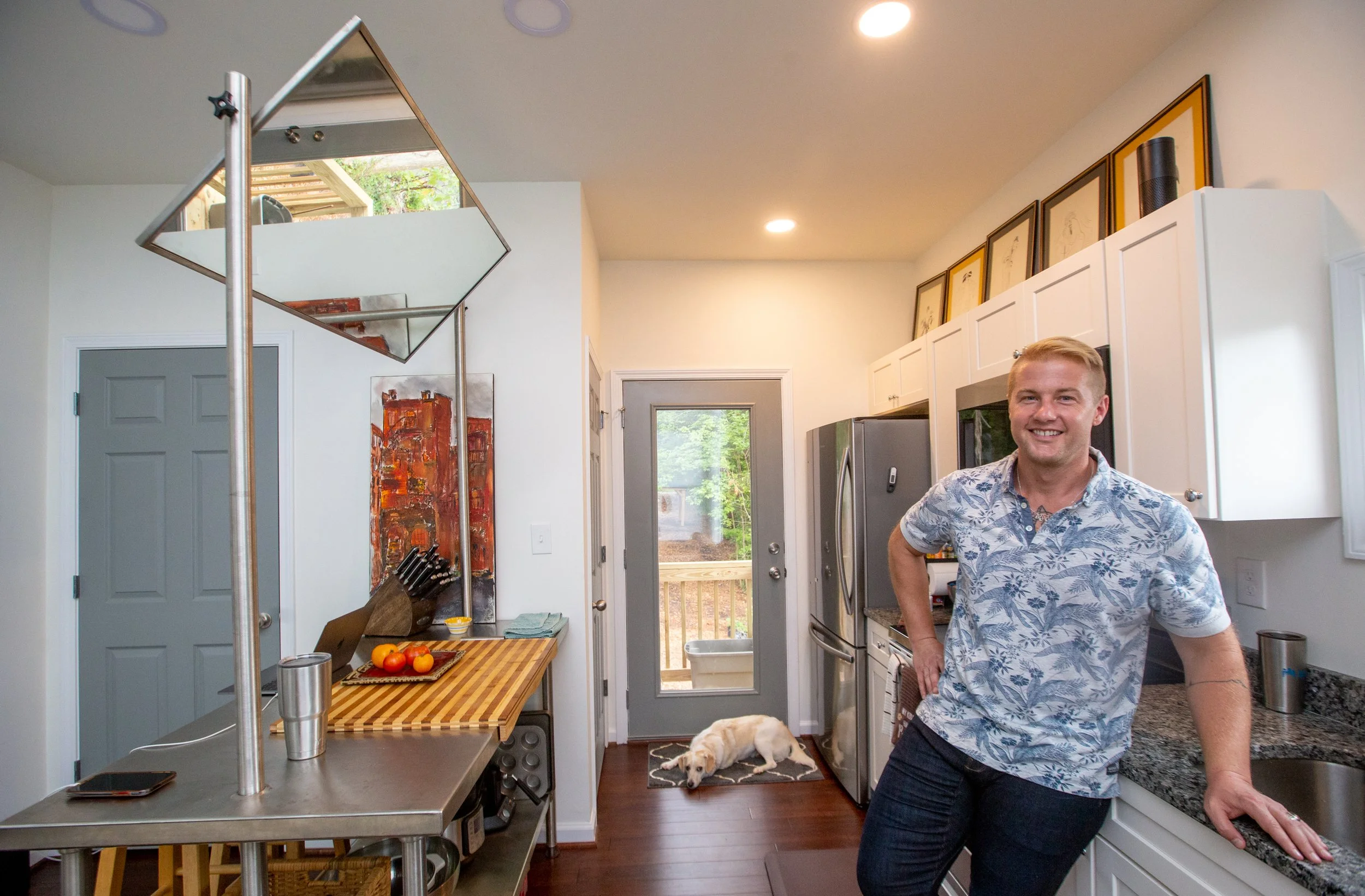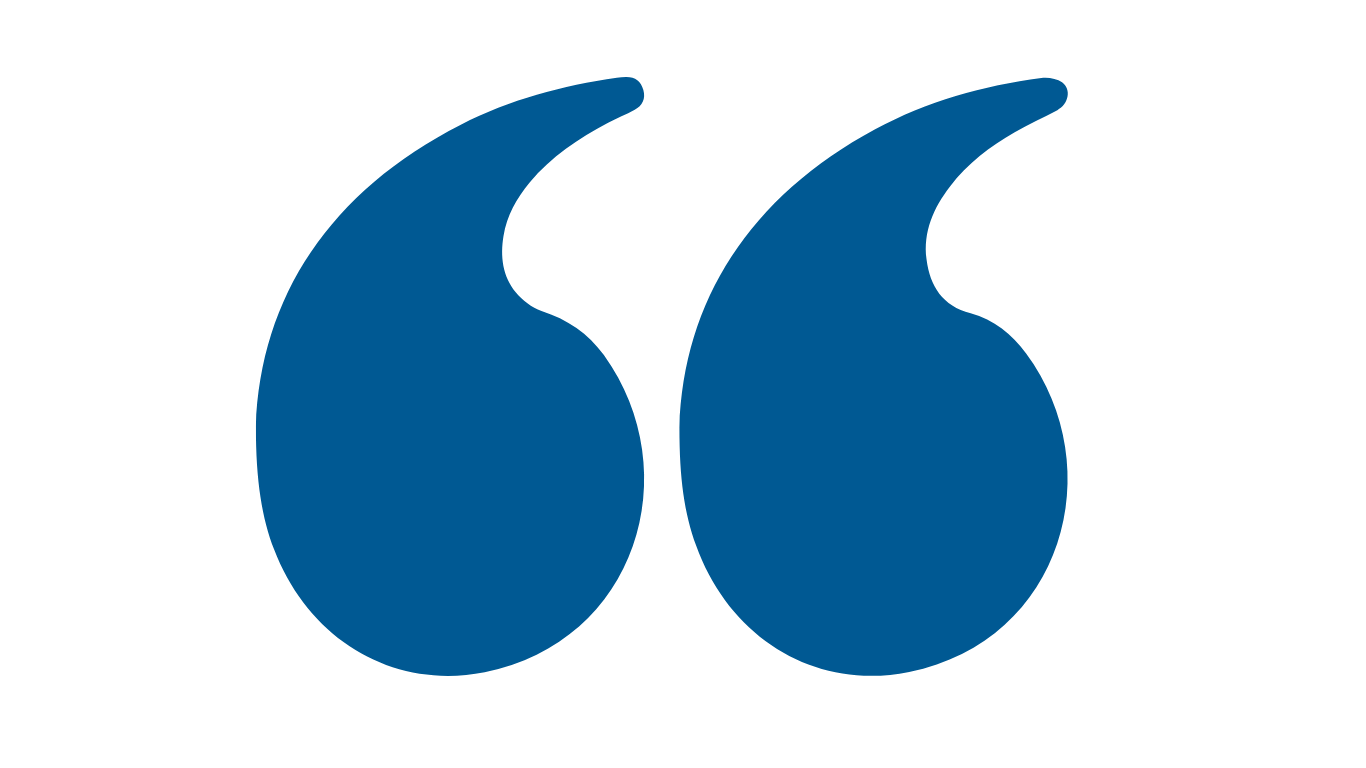
Tour the Cottages on Vaughan
Experience cottage court living firsthand.
Join MicroLife for a tour of our pilot project, the Cottages on Vaughan. The new pocket neighborhood, situated on a half-acre lot a block away from downtown Clarkston, includes eight micro-cottage homes, a common green space for gathering, and climate-conscious development features such as solar panels and edible, regenerative landscaping.
Will Johnston
Executive Director of MicroLife Institute, Will Johnston, was instrumental in making the dream of this cottage court community a reality. Get the chance to chat with Will and other homeowners on the tour!
Thanks to sustainable building strategies, four of the Cottgages on Vaughan were able to achieve net-zero. Learn more about the environmental impact of this community on the tour!
Meet Our Neighbors
The Cottages on Vaughan neighbors are what give this project a true sense of community. Get the chance to meet and chat with our neighbors on our tours!
Upcoming Tour Dates
Want to be a part of the Cottages on Vaughan tours?
Are you interested in contributing to the Cottages on Vaughan project? The link below includes suggested ways to create a sponsorship MicroLife. We are excited to have a much larger conversation on how together, we can create better housing through micro building.
Cottages on Vaughan FAQ’s
-
In general, smaller spaces are more expensive than their larger counterparts per square foot since there is not much cheap open space like living areas, bedrooms, garages etc. The expensive parts like the kitchen and bathroom are a large part of the cost and therefore the average price per square foot on a small or tiny home is significantly higher than a large home with lots of empty inexpensive space.
Further, the development costs for a small home are very similar to the costs of a large home, though there is less square footage to spread the cost across. For example, if the development cost for a house is $50k and the house is 2000 SF, the cost of development per square foot is $25/SF. On the other hand, if the development is $50k and the houses only 500 SF, the cost of development per square foot is $100/SF. The overall cost of the house is therefore $75/SF more just based on the development expenses.
The goal is to help municipalities revise all of their rules to reduce this, but at this time, there is much room for improvement (ie. water tap fees, sewer tap fees, impact fees, permit fees, how stormwater is treated, sewer and water line sizes for smaller homes are often required to be the same size as large homes, even though the usage will be significantly less.)
-
• Houses are under 500 SF
• It’s one of the few cottage developments in the metro area
• City initiated the development and supported it throughout
• Has helped spur conversation about zoning laws and other rules which impact development
• Organic interest list of over 1000 people
• Intentional community
• Cost-effectively green/sustainable based on size
• Not government-subsidized
• Naturally affordable
• Demonstrates building community through community design
-
Many cities/counties zoning codes have fatal flaws that prohibit pocket neighborhoods like: minimum lot sizes, requiring that all lots must front on a street, huge setback requirements, and minimum parking requirements. These zoning codes have created barriers for developers interested in piloting their own micro-living community.
If you are interested in working with MicroLife to develop a pocket neighborhood in your community, please fill out THIS FORM.
If you would like to learn more about the process of developing a pocket neighborhood, please check out our upcoming Developing Pocket Neighborhoods Virtual Course, Sept 30-Oct 1, 2021, 1pm-3pm ET both days. Info and tickets can be found HERE.











